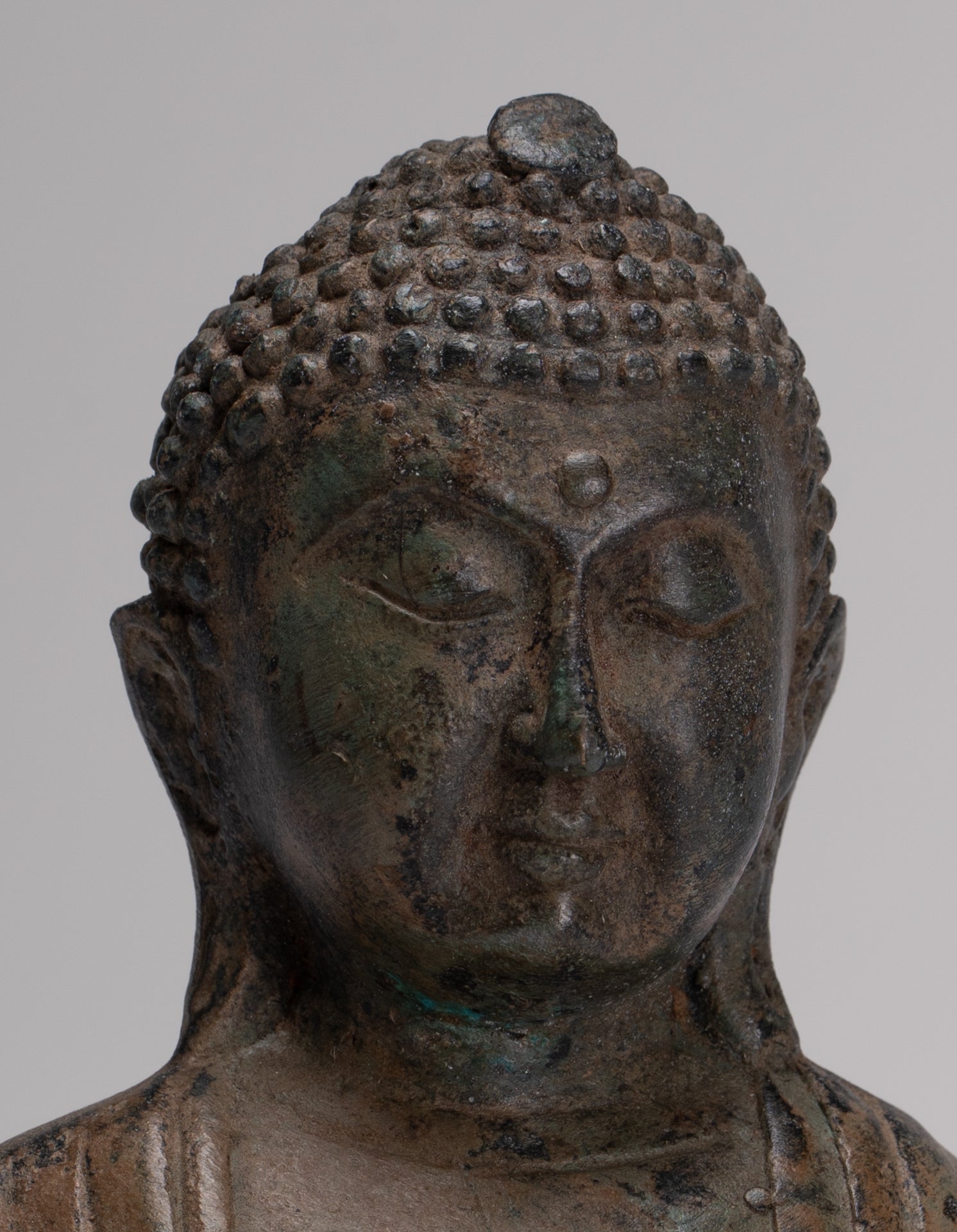
How a Buddha Statue Can Deepen Your Zen Meditation Practice
Zen meditation, or zazen, is one of the most profound and minimalist forms of spiritual practice. Rooted in the teachings of Mahayana Buddhism, Zen invites us to sit quietly, let go of the ego, and awaken to the present moment with full awareness.
While Zen emphasizes simplicity and direct experience, it also embraces the subtle use of ritual, setting, and symbolism—and among these, the Buddha statue holds a powerful place.
A Buddha statue is far more than decoration. When used mindfully, it becomes a focal point of presence, discipline, and inspiration, helping anchor the practitioner in both intention and attention.
1. The Buddha Statue as a Symbol of Enlightenment
At the heart of Zen is the belief that we all possess the Buddha-nature—the innate potential for awakening. When you place a Buddha statue before your meditation seat, you are not bowing to a god or idol. You are honoring that awakened nature within yourself.
Each time you sit in front of a serene Buddha figure, you're reminded:
-
Of Shakyamuni Buddha’s own path of meditation and liberation
-
Of your own capacity to meet the present moment with stillness and insight
-
Of the possibility of peace and awakening in this very life
In this way, the statue becomes a mirror, reflecting your highest potential.
2. A Focal Point for Concentration
In Zen, posture is everything. You sit upright, hands in a cosmic mudra, eyes open or gently lowered. Yet the mind may still wander. A Buddha statue, positioned directly in your line of vision—often on a small altar or shelf—can serve as a subtle visual anchor.
Without demanding attention, the statue:
-
Settles the gaze during open-eyed meditation
-
Acts as a symbolic "object of awareness", like the breath
-
Encourages recollection of your intention to wake up
This helps you stay grounded in the here and now, especially when the mind wants to drift.
3. Creating a Sacred Atmosphere
Zen emphasizes a simple, clean environment. Placing a Buddha statue in your meditation space:
-
Defines the area as sacred and intentional
-
Sets a tone of reverence and discipline
-
Invites stillness and quiet from the moment you enter
Even the process of cleaning the altar or placing fresh flowers before the Buddha becomes a moving meditation—an act of devotion and mindfulness. The space begins to feel like a sanctuary, free from distraction, and full of still presence.
4. Encouraging Daily Practice and Routine
One of the greatest challenges in any spiritual path is consistency. A Buddha statue can gently remind you of your practice, simply by being there.
Whether you walk past it in the morning or see it before bed, it becomes:
-
A non-verbal invitation to sit, even for just a few minutes
-
A symbol of discipline—a visual “teacher” who never leaves
-
A gentle call back to silence and clarity amidst daily busyness
Zen teaches that everything can be a teacher if approached with awareness. A Buddha statue is one such teacher—quiet, unmoving, and always present.
5. Supporting Ritual and Devotion (Optional, But Powerful)
Although Zen minimizes ritual, simple acts of bowing, lighting incense, or offering water before your Buddha statue can:
-
Deepen your sense of humility and gratitude
-
Mark the beginning and end of your meditation
-
Connect you to a lineage of practitioners stretching back 2,500 years
This isn’t about superstition. It’s about cultivating intention, presence, and respect—qualities at the very heart of Zen.
6. Choosing the Right Statue for Your Practice
Zen practitioners often favor statues of Shakyamuni Buddha in the meditation pose—seated in lotus position, hands resting in the dhyana mudra (meditation gesture), eyes half-closed.
Look for statues that embody:
-
Simplicity and stillness
-
A peaceful yet alert expression
-
Minimal ornamentation (aligned with Zen aesthetics)
That said, the "right" statue is the one that resonates with your heart. Whether carved in wood, cast in bronze, or sculpted in stone, the key is not in the material but in the meaning you bring to it.
Conclusion: A Silent Teacher on the Path
Zen meditation asks us to strip away everything that is false, until only the bare truth of the moment remains. A Buddha statue, quietly present, does just that. It doesn’t speak. It doesn’t move. It simply is—a perfect reflection of the stillness and clarity we’re seeking.
It reminds us:
-
To return to the cushion
-
To sit with honesty and patience
-
To remember that awakening is not far away—it’s here, now
With time, the Buddha statue is no longer separate from you. It is a symbol of the Buddha within—your original face before thinking and striving. When you bow before it, you are not bowing to another. You are bowing to your own awakened heart.
"To study Zen is to study the self. To study the self is to forget the self. To forget the self is to be awakened by all things." — Dogen Zenji
Whether you are just beginning your journey or deepening a long-standing practice, the quiet presence of a Buddha statue can be a still companion on your path to clarity.


